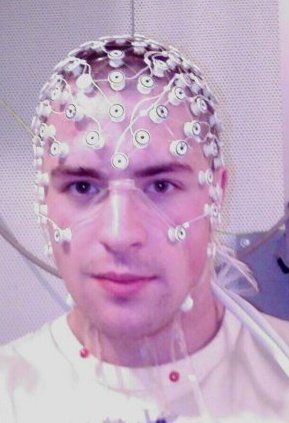Scans Of Teen Brains Reveal How The Mind Matures

Researchers have analyzed the brains of teenagers and have seen changes in brain waves during sleep that show extraordinary changes that happen as the brain cuts connections between neurons. This process of terminating synapses is important as people age so that their brains become more adept at problem-solving and logical thinking, basically cutting away unused pathways in the brain that are superfluous.
EEG, or electroencephalogram, examinations were used in the present study and reinforce the technology's usefulness in monitoring changes in brain function and patterning. The study is part of a larger study that tracked brain activity over the course of 10 years in over 3,500 people.
"We've provided the first long-term, longitudinal description of developmental changes that take place in the brains of youngsters as they sleep," said Irwin Feinberg, professor emeritus of psychiatry and behavioral sciences and director of the UC Davis Sleep Laboratory. "Our outcome confirms that the brain goes through a remarkable amount of reorganization during puberty that is necessary for complex thinking."
A previous study by the same group showed that EEG activity during deep sleep declined from 9 tp 18 years old, indicating that that the development of much adult cognition takes place in this time period.
The current study examined 28 healthy, young children between the ages of 9 and 10 for two nights every six months. The study showed that synaptic density in the cerebral cortex increased to its zenith by age 9 and then began a slow decline. The current research confirmed the previous findings that the most dramatic pruning of synapses occurred later on in teenage years.
"Discovering that such extensive neuronal remodeling occurs within this 41/2 year timeframe during late adolescence and the early teen years confirms our view that the sleep EEG indexes a crucial aspect of the timing of brain development," said Feinberg.
Dr. Feinberg continues stating that the EEG has far higher sensitivities compared to other techniques such as MRI scans.
"Structural MRI, for instance, has not been able to identify the adolescent accelerations and decelerations that are easily and reliably captured by sleep EEG," said Feinberg. "We hope our data can aid the search for the unknown genetic and hormonal biomarkers that drive those fluctuations. Our data also provide a baseline for seeking errors in brain development that signify the onset of diseases such as schizophrenia, which typically first become apparent during adolescence. Once these underlying processes have been identified, it may become possible to influence adolescent brain changes in ways that promote normal development and correct emerging abnormalities."
The research published in the American Journal of Physiology: Regulatory, Integrative and Comparative Physiology can be found here.
Published by Medicaldaily.com



























